Amplifiers low frequency classes: A, B, AB, D, G, H
Hello, Habr!
In this article we will look at audio amplifiers of classes: A, B, AB, D, G, H
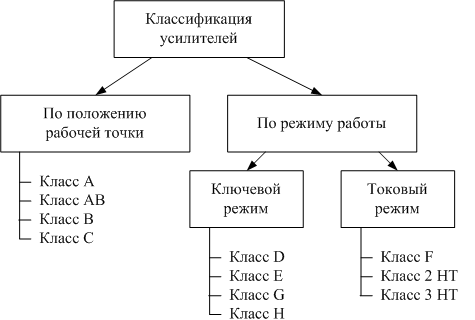
First, consider the classes by the position of the working point. Each transistor has an output characteristic, which can be found in the DataSheet.
An example of the characteristics in the figure below.
')
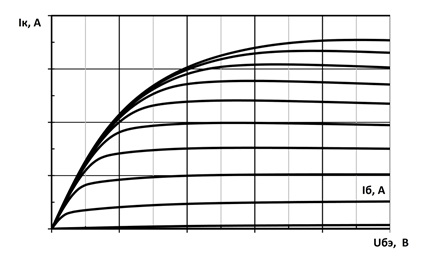
The output characteristic of the transistor.
It is with the help of this characteristic that we can choose the class of amplifier according to the position of the point of rest.
The output characteristic shows what kind of current we need to set the base of the transistor in order to get a certain class of amplifier, we also learn Ik.
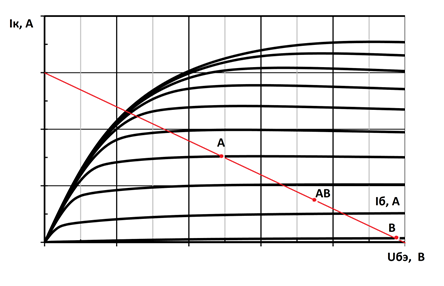
Class A
Class A is the mode of operation of the amplifying element, in which the input values, passing through the amplifying element, is not interrupted. That is exactly the same input signal.
The reinforcing element is always ajar and accurately repeats the negative and positive wave.

Class B
An element operating in this class is able to amplify only one half-wave, positive or negative.

This class is used in push-pull amplifiers, where a positive half-wave is amplified by one transistor, and a negative one by another.
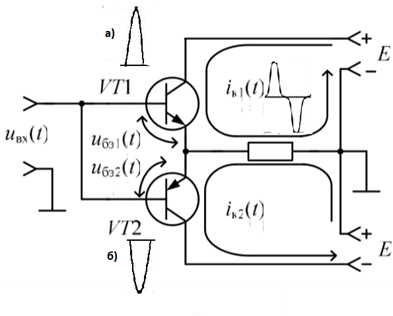
Push-pull amplifier stage class B. But at the output of the amplifier operating in this class, we have a distortion. This distortion is called “Step”.
To eliminate this distortion you need to go to class AB. The figure below shows the two classes of amplifier B and AB and their output signals are relative to the input.

Class D
The principle of this class. In this mode of operation, the transistor is either open or completely locked. This is achieved with the help of a PWM modulator. This is what gives such a cascade more than 90% efficiency (almost at any capacity).

The disadvantage of this cascade is distortion. They are due to the modulation method, since there is a “dead” period which is necessary to prevent through leaks.
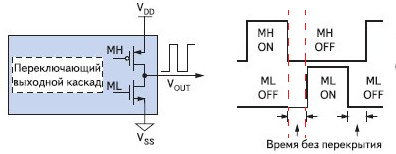
Also strong sources of distortion are L and C elements in the filter (LF).
Class G and H amplifiers
First, let's talk about power amplifiers. To obtain high power, you must have a large supply voltage.
But the input signal and, accordingly, the output signal do not always have a large amplitude and, at a small power, a large supply voltage is not necessary, moreover, the efficiency of this amplifier at a small power drops.
Hence the classes of amplifiers G and H.
The difference between these amplifiers lies in the power supply, the voltage of which changes if necessary, and depending on which class G or H it changes, either stepwise or smoothly.
In the class H amplifier, the supply voltage changes smoothly, that is, the transistors are in the amplifier mode, and in the G class it changes in steps, the transistors in this class are in the key mode (fully open or completely locked).
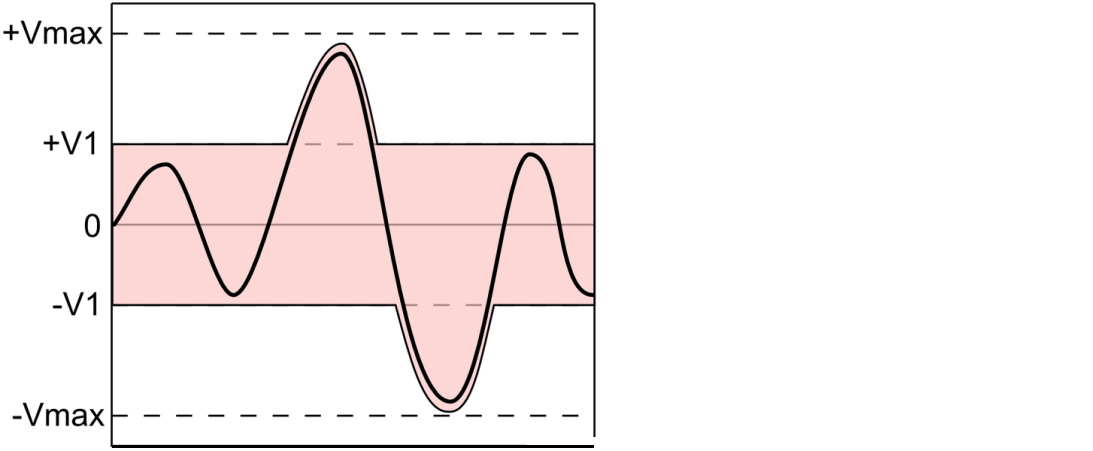
Class H amplifier

Class G Amplifier
Conclusion: Amplifiers for comfortable listening to the sound path at home should work in Class A, AB or D.
Thanks for attention.
Source: https://habr.com/ru/post/427493/
All Articles